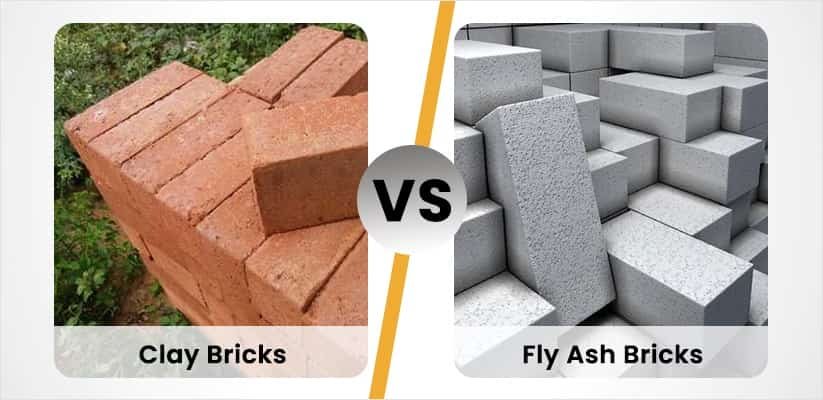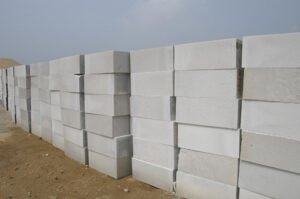Fly ash bricks and traditional clay bricks are the two most commonly used building materials. Both of these materials have their own advantages and disadvantages, and choosing the right one for your construction project can be a difficult task. In this article, we will compare fly ash bricks and traditional bricks to help you make an informed decision.
Fly Ash Bricks
Fly ash bricks are made by mixing fly ash, a byproduct of coal-fired power plants, with cement, sand, and water. The mixture is then molded into bricks and cured for a few days. Fly ash bricks are considered to be eco-friendly as they use waste material, reducing the carbon footprint. Fly ash bricks are lightweight, require less mortar, and offer good thermal insulation, which can help in reducing energy costs. Fly ash bricks are also resistant to fire and water, making them a popular choice in areas that are prone to natural calamities.
Traditional Bricks
Traditional bricks are made by mixing clay, sand, and water and molding the mixture into bricks. Traditional bricks have been in use for thousands of years and are still the most commonly used building material. Traditional bricks are known for their strength and durability. They are also good at absorbing and retaining heat, making them ideal for areas with a cold climate. Traditional bricks are readily available and easy to work with, making them a popular choice for construction projects.
Comparison
Strength and Durability:
Traditional bricks are known for their strength and durability. They have been used in construction for thousands of years and have a proven track record of longevity. Fly ash bricks, on the other hand, are relatively new and have not been in use for as long. While fly ash bricks are known for their strength, if made using the standard mix ratio they may be more durable than traditional bricks.
Cost:
Fly ash bricks are relatively cheaper than traditional bricks. This is because fly ash is a waste material that is readily available, making the production process less expensive. In addition, fly ash bricks are lightweight and require less mortar, reducing the overall construction cost. Traditional bricks, on the other hand, are more expensive due to the higher cost of raw materials and the labor-intensive production process.
Environmental Impact:
Fly ash bricks are considered to be more environmentally friendly than traditional bricks. This is because they use waste material, reducing the need for raw materials, and have a lower carbon footprint due to the reduced energy consumption during the production process. Traditional bricks, on the other hand, require the use of non-renewable resources such as clay and sand, leading to increased environmental impact.
Thermal Insulation:
Fly ash bricks offer better thermal insulation compared to traditional bricks. This is because they have a lower thermal conductivity, which means they are better at trapping heat inside buildings. This can help reduce energy costs in the long run. Traditional bricks, however, are better at absorbing and retaining heat, making them ideal for areas with a cold climate.
Fire and Water Resistance:
Fly ash bricks are resistant to fire and water, making them a popular choice in areas that are prone to natural calamities. Traditional bricks are also resistant to fire and water but may require additional treatments to achieve the same level of resistance as fly ash bricks.
Conclusion:
Both fly ash bricks and traditional bricks have their own advantages and disadvantages. When choosing between the two, it is important to consider factors such as strength and durability, cost, environmental impact, thermal insulation, and fire and water resistance. Ultimately, the choice will depend on the specific needs and requirements of the construction project.




